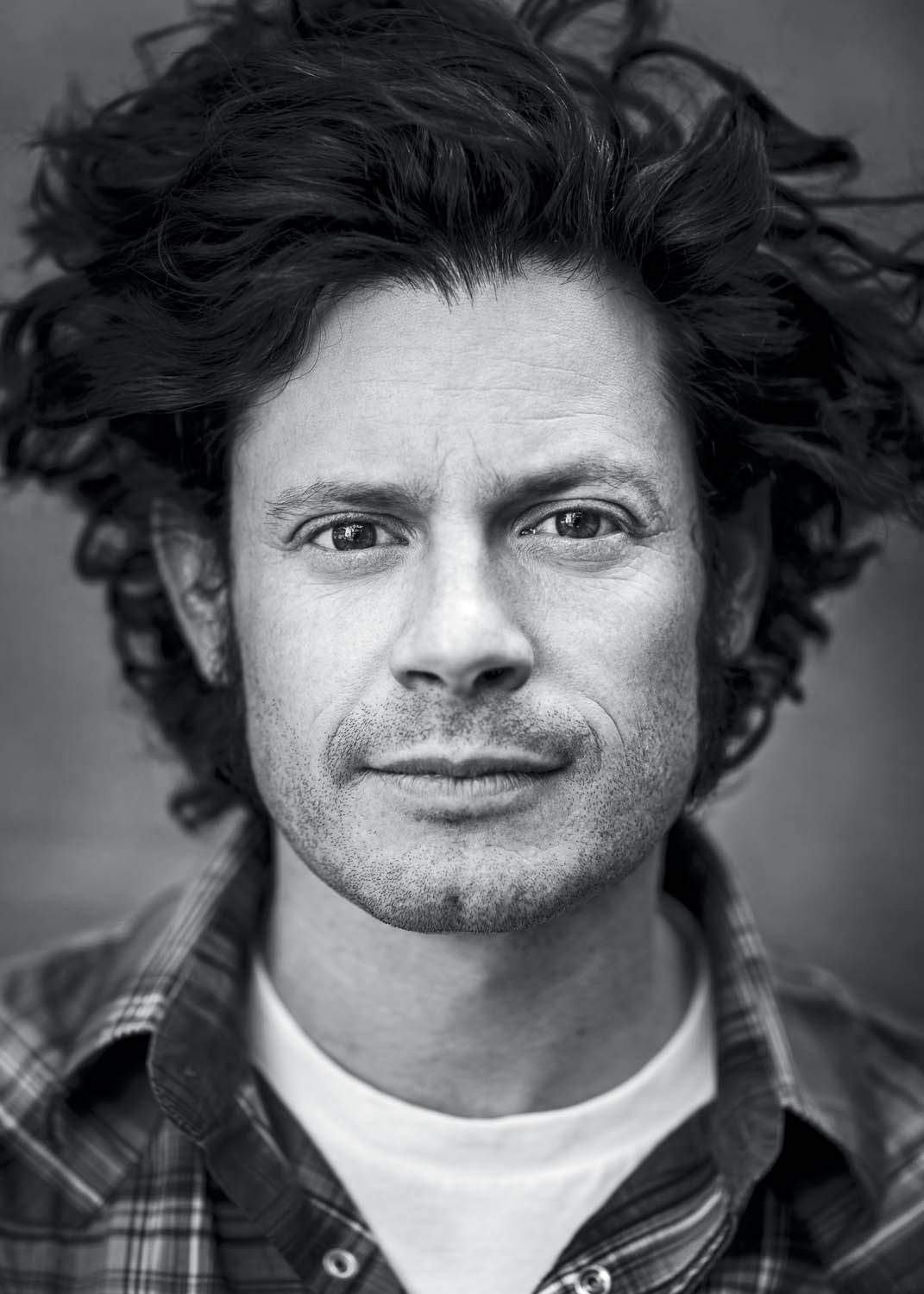Image

Aaron Huey is a photojournalist working primarily for National Geographic. Huey is also a Stanford d.school Media Experiments Fellow working on ways to bring stories to new spaces outside the traditional media routers. In 2002 Huey walked 3,349 miles across America in 154 days with his dog Cosmo. They walked every step.
